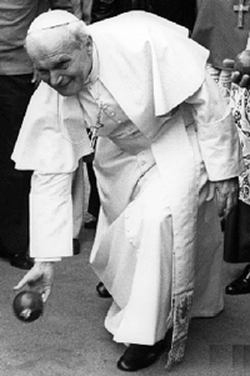 You can think of modern bowling as a distant cousin of bocce. In England, they have "bowls", a lawn version of the game using a flattened ball which is rolled like a wheel (bocce balls are always spherical). The Latin word bottia (ball) is the root of the Italian word boccia or Bocce. Latin also used the word boulles (balls), hence the name bowls for the British form of the game, and in France the game of Boules. The name pétanque is also used in Provence in the South of France. The word pétanque is derived from a Southern dialect of French meaning "two feet planted", describing the position of feet before tossing the ball. Italian balls are solid and made of wood or a composite and sometimes metal. French boules are made of hollow metal. During a game a ball is either rolled or tossed underhanded down a long lane with the aim of coming to rest near a smaller target ball called a pallin0 or boccino (in France it's called the cochonnet or "piglet"). Some form of bocce is played in more countries than any other ball game, with the exception of soccer. Still, Romans are the ones who spread the popularity of the game throughout the Roman Empire, which during this period encompassed vast areas of Europe, Asia and North Africa. Many people, such as Galileo and DaVinci played bocce during the Renaissance--seeing its benefits to mind and body--and others such as Emperors, Admirals, Generals, poets, sculptors, and scientists all played the game. Bocce was also exported to many countries around the world by Italian migrants and still is popular their descendants with bocce courts and clubs throughout the world. 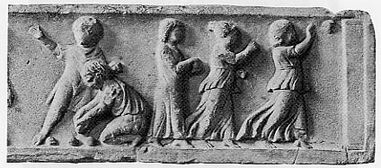 Romans playing bocce Romans playing bocce Bocce in its current form was played in 264 BC during Rome's Punic Wars against Carthage. Teams of 2, 4, 6 or 8 men were formed. Soldiers threw a small stone "leader" and threw it first. Then larger stones would be thrown at the "leader" and the stone coming closest to it would score. The game relaxed troops and gambling was a pressure release, taking their mind off the stress of war. Men played in teams, honing their military strategic thinking as they played. No one really knows how old Bocce is. There were stone balls found in Turkey that date to 9000 BC. Some say Bocce came from Egypt about 5200 B.C., but others say that Greece was its birthplace around 600 BC. When you really think about the simplest game a child can play--tossing a stone--you might think of Bocce as the very first game man ever played. Even the child's game of Marbles is based on Bocce. 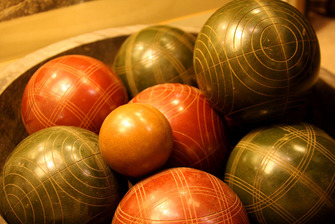 When I was a boy, we'd visit my Aunt Antoinette and Uncle Sal in their Hoboken rowhouse in the summer. To keep cool, they always gathered down in the subway-tiled basement level where it was cool and big pots of Sunday Gravy and pasta awaited the mouths of hungry cousins and grown-ups alike. But what I liked best was going out in their back yard past the tomato plants towering over me and through an arbor to where the court was--the bocce court. I'd watch my Dad and Uncle Sal and other neighborhood gents play and argue all afternoon. They'd drink wine in little jelly glasses and pop out small measuring tapes or yardsticks when it was too hard to tell which ball was closest and who was the winner.. At times they'd give us kids a try... 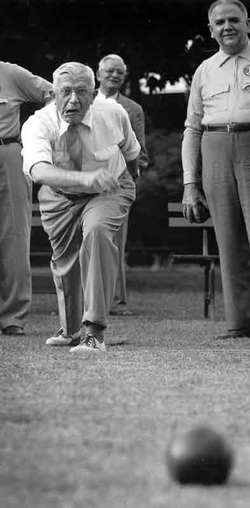 RULES AND PLAY: Bocce is traditionally played on natural soil and asphalt courts 27.5 metres (90 ft) in length and 2.5 to 4 metres (8.2 to 13.1 ft) wide. Traditionally, the top surface of a gravel court has a very smooth and level layer of compacted limestone dust or crushed oyster shells. Backyard courts can be smaller... typically 60' x 12', but smaller court sizes of 30' x 6' are fine if spaces is limited. Bocce balls can be made of metal or various kinds of plastic. A game can consist of two players, or two teams of two, three, or four. A match is started by a randomly chosen side being given the opportunity to throw a smaller ball, the jack ( or boccino or pallino), from one end of the court into a zone 5 metres (16 ft) in length, ending 2.5 metres (8.2 ft) from the far end of the court. If the first team misses twice, the other team is awarded the opportunity to place the jack anywhere they choose within the prescribed zone. The side that first attempted to place the jack is given the opportunity to bowl first. Once the first bowl has taken place, the other side has the opportunity to bowl. From then on, the side which does not have the ball closest to the jack has a chance to bowl, up until one side or the other has used their four balls. At that point, the other side bowls its remaining balls. The team with the closest ball to the jack is the only team that can score points in any frame. The scoring team receives one point for each of their balls that is closer to the jack than the closest ball of the other team. The length of a game varies by region but is typically from 7 to 13 points. Players are permitted to throw the ball in the air using an underarm "lobbing" action. This is generally used to knock either the jack or another ball away to attain a more favorable position. Tactics can get quite complex when players have sufficient control over the ball to throw or roll it accurately. You'd be amazed at some who can lob a ball high in the air and drop it knocking the pallino right out of play--while their ball lands without rolling. Here is a link to a site that walks you through the planning and construction of a great bocce court. I've always dreamed of having a bocce court, but at least we have a couple of sets of balls and play on our lawn. Lucas is surprisingly good at the game. So, pick up a set of bocce balls and try it out with your family and friends. It's not just a great game... it's a great tradition. The oldest game in the world... --Jerry Finzi If you enjoyed this post, please LIKE it and invite your friends to check out Grand Voyage Italy. Ciao! Copyright, Jerry Finzi, Grand Voyage Italy 2015-2016 - All rights reserved When we traveled throughout Italy, we found either no Internet access and barely any TV, or when they existed, they were usually satellite or antenna based systems--read: S L O W. In large cities, like Rome or Florence, no problem. There were decent speeds and a decent number of cable channels--often the internet packages are bundled with TV. Our best Internet and TV was in our Rome rental apartment--our worst was in rural areas of Campania, Basilicata and Puglia.
Out in the countryside, in small villages all over Italy, we would see satellite dishes or small flat antenna units mounted on roofs that picked up the signals from either a satellite hovering above in space, or a tall tower in the nearby local area--a Wide Area Network of sorts. Even when there is a decent connection, the WiFi system inside homes and hotels can be terribly slow with buggy connections. The reason is the thick, stone walls that most structures are made out of. It's a simple task to send WiFi throughout the three floors of my American 1868 vintage brick and timber home (and much more so in standard stud framed and dry-walled track homes), but WiFi signals don't pass through 1-2 foot thick stone walls and 2" thick clay tile floors easily. Boosting the quality, stability and speed of broadband internet service is needed by most regions of Italy, not only for the locals, but for tourists who might be used to more reliable internet connections. It would also be a boon to business travelers, saving money to avoid cell phone data charges for mobile hot-spot use. In 2012, it was reported that Italy ranked dead last in Europe when it came to truly high speed broadband coverage. In the rest of Europe, anywhere from 27% to 54% subscribe to services with speeds at 30Mbps or above. Italy? Only 14%. The Italian government is at long last partnering with telecom companies to fix the problem. The project is called Fiber for Italy project initially will reach 20 million people in Italy's 15 largest cities, followed by another 138 cities by 2018. The government has also started the Italia Digitale project, which will provide at least 50% of Italians with high-speed internet access by 2020. They even plan on extending the resulting fiber-optic network to rural areas, hopefully putting an end to tower and satellite based systems. The Fiber for Italy project has three main objectives: implementing a digital national register, a database of all of Italy's citizens (will Grande Fratello be watching?); introducing a system that allows public sector suppliers submit invoices digitally; and creating a single digital identity for Italians to use when they interact with the state—no more separate logins for dealing with different government services. Italians and tourists alike might have to wait for a few more years, but barring an Italexit, the collapse of the Euro, and with a real financial commitment (one company's bid is almost one billion dollars), perhaps high speed fiber-optic technology will finally arrive in the land of gelato, Michelangelo's David, pasta and pizza. --Jerry Finzi If you liked this article, please share it with your friends! Ciao! You can also follow Grand Voyage Italy on: Google+ StumbleUpon Tumblr It's Hot! Italy is hot--nearly tropical-hot. Pretty much all over the country, too. It's a real task to stay cool in Italy--a country where ice cubes in a drink are thought to give a mal di stomaco, causing tourists to ask for ice in their warm glasses of soda; air conditioning is rarely turned on, or when it is on, is set to 75 degrees (when it exists at all, that is); where a 68 degree evening is considered cold; where Italians don their puffy jackets and scarves when most Americans are in T-shirts and shorts; and where people eat such large, heavy lunches during summer that they need to close up shop and go home to take a nap for a few hours with their shutters drawn against the midday sun. Before we took our trip to Italy, I researched the weather extensively... or so I thought. I had all sorts of long range forecasts, histories of statistics of previous years' weather and temps, and even got first hand personal advice from Italians and travelers on the many online travel forums I frequented at the time. Nothing prepared me for the heat and humidity we encountered... and this was during three weeks in October! We saw many days in the 90s, usually with high humidity. This got me thinking of my niece and her son... they are taking a tour of Italy and Greece in July. July! OMG! I don't know if I could do all the things we did in Italy in the heat of summer. Even in October, Pompeii was roasting us (thank the Lord for those fresh water fountains that were there), Amalfi made us sweat more than we thought our bodies could, and the Vatican Tour exhausted us beyond belief due to the extra BTUs produced by the throngs of tour groups pressing bodies like cattle trying to get through those narrow, un-airconditioned, stuffy, humid palace halls. Curiously, in the southern province of Puglia, it seemed cooler than up in Tuscan or Rome--the sea breezes kept us more comfortable. Walking the streets of Rome we found especially grueling (like Manhattan, big cities hold heat), but not as awful as I imagine it must be to deal with the summer heat in Italia. In fact, summer temperatures in Rome can reach as high as 104F! So I would strongly recommend when planning a trip to Italy that you plan it in the shoulder season months in early spring--March, April, May--or the fall during late September, all of October up to the first 2 weeks of November. After that, the rainy season comes to most of Italy. But in case you have to be in Italy during summer, I've put together some tips on beating the heat when in Italy during the hottest months... especially helpful for those of you traveling with very young or older people susceptible to overheating and exhaustion. 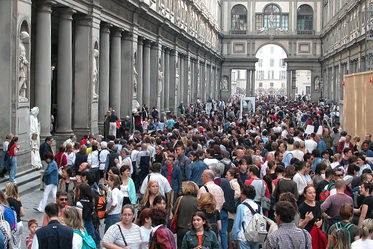 Sweltering crowds at the Uffizi in Florence Sweltering crowds at the Uffizi in Florence Avoid Long Lines When Possible: There are many things to see in Rome, Florence and the rest of Italy that don't require standing on long lines. Think out of the box. Even if you throw away your "must see" list of the top tourist attractions, you will still enjoy yourself and get a good taste of Italian life. Don't plan anything that requires long lines. I know this rules out things like the Vatican, the Uffizi in Florence, but believe me, I witnessed the long lines in October and can't imagine how much longer they get in the high tourist season. The lines at the Vatican can be three hours long unless you have booked a private tour, and even though St Peters is free to all, everyone has to go through the long lines for a security check... up to 3 hours in high season. You can try going either early (before 9am) or later in the afternoon when the tourist groups are gone. They are open until 7pm, so if you get there for 5pm you'll have shorter lines and still have some time to walk through. On Sunday's if you want to attend mass, again, the earlier the better. 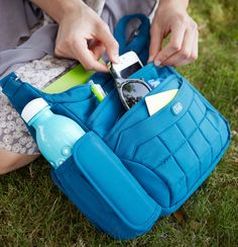 Drink Water, Lots of Water: You should bring a refillable bottle and trust the fountains for refilling your bottle unless it says "non potabile". Buying water bottles or sodas at tourist snack wagons will begin to add up, so refilling your own will help hold down costs. (I recommend this Thermos brand bottle. With some ice it keeps drinks icy cold for hours). Select a travel bag with a large enough drink bottle pocket. You won't always find a vendor or bar when you need one, but you will find water fountains... many times, ancient Roman ones with brass faucets sticking out of them. Consider bringing a bandanna that you can wet and tie around your neck, or fold and soak it and put it under your kids' caps. Lucas loved this technique for keeping cool.
Think Like an Italian and take a Riposa: Italians don't go out in the hottest part of the day. They take long 3 hour lunches called a riposa--a siesta, if you will. Most go home for lunch. Think like an Italian and don't plan a lunch in small towns after 12 noon or you won't be able to find a restaurant open for lunch (in larger cities like Rome or Florence this isn't a problem). But in most other towns, look for bars--in Italy, a bar is a place to get snacks, pastries, sandwiches and espresso. Plan picnic lunches and a rest period in the middle of the hot day. Sit under a tree, have your lunches, dangle your feet in a stream or fountain, or plan to visit a cool church. It's a bit cooler inside old castles and churches with their thick walls and marble floors. When you can, get out early to get your tourist things done, relax back in your hotel of rental apartment like an Italian, then go to museums and such after 4pm when most of the tour buses and cruise ship crowds are long gone. 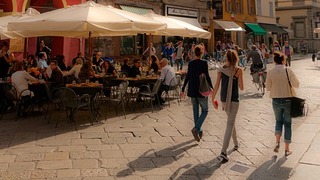 Don't Walk During Midday: Do your long walks in the morning and late in the day when the sun is low. Plan indoor things for midday... or even plan on spending restful time in your air conditioned hotel room until later in the day. You won't miss anything... Rome, Florence, Pisa, Amalfi, Venice... they're all still there later in the day and in the evening--and less crowded.
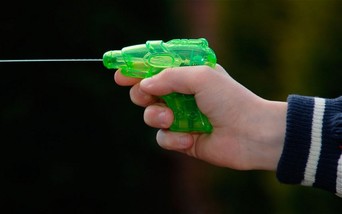 Water Pistols: Yes, I'm serious. If you're traveling with a few little ones, pack a couple of small, good quality water pistols and let them shoot each other to their little hearts' content. They will have less tantrums and meltdowns if they're getting cool by getting wet. (On occasion, I'd sprinkle some water down my boy's neck to cool him down). If you're tight on space, pack a couple of kitchen sized plastic hypos. They can suck water up from a fountain and shoot pretty far with these things.
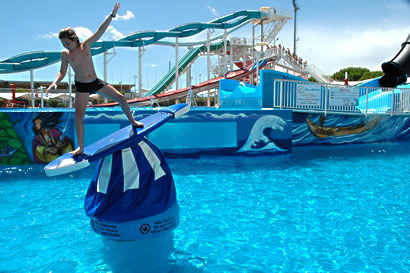 Italian Water Parks: Yes, they have water parks in Italy too. Beautiful, big ones. Personally, I think this would be something a family might want to do only if they are staying for an extended period of time in Italy... after all, it's not like you'd experience anything about the Italian culture in a modern water park. But if you are staying in a hub location for three weeks or more, you might want to take a break and treat the family to some wet, cool fun at a local water park. For example, just to the east of Venice in the resort beach town of Jesolo is Aqualandia, a large seaside water park 2 huge lagoon sized pools with a tropical island and other water slide attractions. One of the oldest and most famous water parks is Aquafan in Riccione one quarter of the way down the Adriatic coast side of the Boot. Again, I'd only recommend this for long term stays in Italy when your family needs a break from all the typical tourist activities and just wants to let loose and cool down. Personally, water theme parks are not my thing... I'd rather hit the real beaches in Italy...
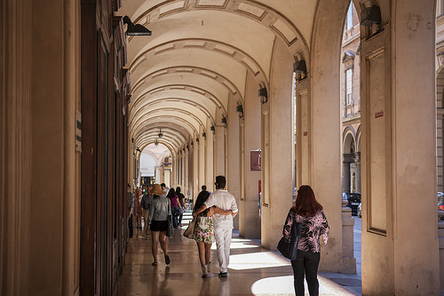 Shady Side of the Street: Only "Mad dogs and Englishmen go out in the midday sun"--that's what Noel Coward said. I'm sorry to say that my wife hasn't a clue as to what side of the street to walk on when it's hot and sunny. Lucas and Lisa might get miffed when I turn a corner and abruptly say "let's walk on the other side". They don't notice the broiling sun on one side and the shade trees on the other. Maybe I notice because I'm a lot older than both of them put together, I'm carrying more weight than ever before, and have that little balding spot that burns way too easily when I forget my cap. Perhaps the other reason is because light is my science--being a professional photographer. I pay attention to light and shadows. Walk on the shady side and stay 15 - 20 degrees cooler. Some walks in Rome, for instance, are on very long, sunny boulevards. If you're lucky enough to be walking in a town like Bologna, you can walk for 0ver 40 miles of arcades and stay out of the sun. 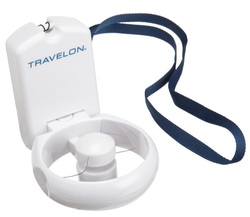 Pack a Portable Fan: A battery operated fan can be useful in many situations when traveling in Italy during the summer. You can use it on a train, especially regional lines whose air conditioning or ventilators might not be operating properly. You can put it on your table during meals pointing right at your face and neck. You can use it in hotel rooms where the A/C isn't up to snuff. If you've just endured a long walk up to the Centro Storico of a hilltown, you can find a shady place to sit, pop out your portable fan and cool down for a few minutes until your body temperature comes down a bit. Hint: Wipe your face and neck with a Wet One and enjoy the cooling evaporative effect as you point the fan at yourself. Take a Head Shower: When you are at your body's limits on how much heat you can endure, look for a public potable water fountain and hold your head under it... wetting your hair and all. If you're sweaty and worn out looking anyway, who cares about how your wet hair will look... just think about how refreshing it will feel. This type of head shower will work especially well in the public fountains in places like Pompeii or towns like Lucca. 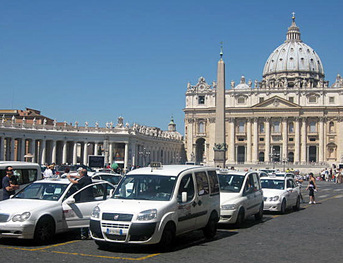 Taxis and Car Services: By all means, learn how to get a taxi in the large cities. Most cities like Rome have taxi stands where taxis wait on the cue (the one in front is the next one to take a fare). You don't hail a taxi in Rome unless they have a legal place to pull over. They are very affordable and will save both your feet and your sweat glands. Take a taxi up to a city center and then meander casually back to your starting point. In case your driver doesn't have his air conditioner set cool enough, ask "il condizionatore d'aria ... più fresco per favore?" (the air conditioner... cooler please?) For more about taxis in Rome, read Rome Taxiphobia: Much Ado About Nothing. Besides taxi stands, ask your hotel for the numbers of the best radio taxi services. They work like Uber--call them, tell them your location (more often, you need to do this in Italian!) and they will show up within minutes. The taxi meter starts running when the taxi driver starts out toward your location. You can also try Uber in Rome and Florence. In places like the Amalfi Coast, use a car service instead of using the bus. The buses are not always on time and you might find yourself waiting for a long time standing in the bright sun on the side of a very narrow, busy, curvy road. 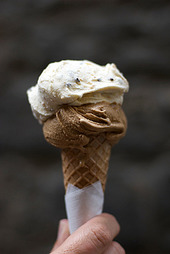 One Word... GELATO: That's right. One of the easiest ways to cool down is find a gelateria (which won't be too hard as they are everywhere and pretty much are always open) and ask for a scoop (or two) of your favorite flavor. I'm sure you'll even find flavors that you didn't know were your favorite! And don't worry about gelato spoiling your kid's appetites. Gelato, although having less air makes it taste richer than ice cream, is far lower in fat and sugar than ice cream. Have gelato at 5 or 6pm before the 7:30 Italian dinnertime starts. And there's a lot more than just gelato... granita, semifreddo, sorbetto, grattachetta, shakerato (ice espresso). Check out my blog post Frozen... to learn more. 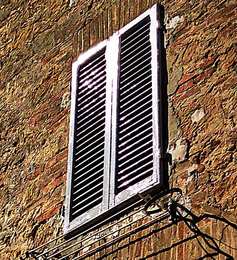 Close the Shutters: If you are staying in a hotel room or apartment or villa, they will most likely all have shutters. In the U.S. shutters have devolved into being only a decoration, screwed in the open position. In Italy they actually work and are a necessity. Close shutters in your rooms before going out for the day and your home away from home will be cooler when you get back. This is especially important for the midday period. There are a lot of family lunches and naps going on behind all those drawn shutters in Italian towns. 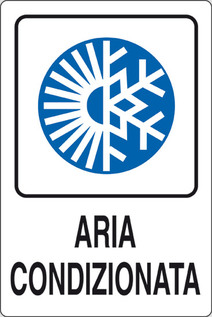 Take Rest Stops on Steps and Inclined Walkways: There are lots of steps and sloped walkways in Italy. Hilltowns are everywhere. If you are driving, most parking lots are outside the lower party of hilltowns--you aren't permitted to drive in the historic centers (centro storico). There will be a lot of walking uphill and lots of steps. For example, in Positano (on the Amalfi Coast) there are over 2000 steps that many climb to get high above the town to see the amazing views of the sea. On the Isle of Capri there are steep switchback paths that you need to walk to get down to the beach. Many towns in Italy have similar paths that used to be used for donkeys but are still used for getting from one place to another. Air Conditioning: Air conditioning in Italy isn't the same as here at home. First of all, Italians don't like drafts and might keep the air conditioning turned off completely or the temperature set at 78F (25C) instead 68F (20C). I even ran into one hotel that had a master control... you had to call the desk to have them turn it on, and they couldn't change the thermostat. It was one set temperature that definitely wasn't refreshing at all. If their system is broken down, chances are it won't be fixed during your stay. The best air conditioning I've found is in the bigger cities and from "split duct" systems... the kind where you see a big bulky air handler unit mounted high on one wall. The radiator-looking systems barely cool at all. You might inquire about they type of air conditioning before booking an apartment, especially if you're planning a longer stay. Even in shops, restaurants and museums, I found most air conditioning systems to be way under par from what we're used to in the States. When you do find a very cool setup, savor it... you may not find it again. The Italian Coast and Beaches: There are 4722 miles of coastline in Italy, some of it are rugged and rocky, but most of it are beaches... everything from fine snow white sand to pink, to black to pebbles to rocky. You can take your pick from the chic Lido beaches of Venice to the Italian Riveria to the miles of pristine sand and rocky cove beaches of Puglia. Some beaches are packed like sardines with Italian families on their August holiday, many are overbuilt and crowded, while much of the Italian coastline (including Sicily and Sardinia) have mile after mile of some of the most unspoiled beaches anywhere in the world. And the great thing is (as in Puglia) many are just there for the taking. Free. Mother nature's gift to the tired and overheated traveler. If you want a natural beach experience, check out the Maremma in Tuscany (A Tuscan Beach Vacation: The Maremma). Don't forget to pack swim suits for summer travel! 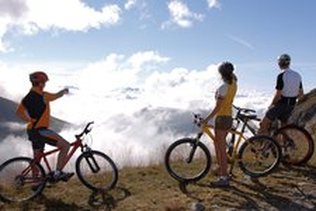 Head North to the Italian Alps: For nature lovers, trekkers, bikers and even skiers (at higher elevations), there is a great opportunity to stay cool in the Italian summer--the Italian Alps. With over 300 sunny days a year and much cooler temperatures than the rest of Italy, the Italian Alps, with its mix of Italian and South Tyrolean cuisine, is a wonderful way to beat the heat. The food here very different--there might be risotto, lardo (an paper thin-sliced herbed, cured lard) fonduta (Italian style fondue), Canederli (a sort of Matzo ball dumpling in broth), fontina and goat cheeses, sausages, wines and of course, beer. But the real star of the show up north is the world famous, UNESCO World Heritage Dolomites--amazing, jagged pinnacles jutting up from the top of Italy's boot. While there, you can ride cable cars up from the valley or enjoy adventure sports like paragliding, zip-lining, mountain climbing, river rafting and glacier trekking. 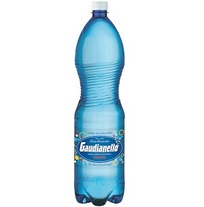 Gassata or frizzante... bubbly and refreshing. Gassata or frizzante... bubbly and refreshing. Forget the Soda and Drink Gassata: First of all, American style sweet sodas might taste the same in Italy, but can be very costly, especially when purchased at street vendors in tourist areas and in restaurants. Another thing on sodas... you will not find diet soda. I didn't see one brand of diet soday in all of Italy when we were there. Instead, order large bottles of "gassata" or "frizzante" (both mean sparkling water). Order one large bottle with meals. If you want plain water, order a bottle of "aqua naturale". Add the word "fresci" or "freddo" to ensure that the bottle they bring has "fresh" or "cold" come from a fridge. Local alimentari (grocery stores) will have large bottles of gassata in their cooler or you can buy a large bottle to bring back to your hotel fridge. The only other soda I'd recommend in Italy is Fanta Aranciata (orange). It is different in Italy--and better--made with natural orange juice... a light, refreshing, sparkling orangeade. Personally, I find the Sanpellegrino orange and lemon sodas way too acidic. So, if you insist on going to Italy during the hottest time of the year, please stay cool and slow down. You might even have to knock some things off your list, but you'll have a much better time and stay healthier.
Stay cool, or as Italians put it, mantenere il sangue freddo! (Keep your blood cool) --Jerry Finzi If you liked this article, please share it with your friends! Ciao! You can also follow Grand Voyage Italy on: Google+ StumbleUpon Tumblr In this video, baroque concert guitarist, Rolf Lislevand is playing a the priceless Sabionari Guitar, built in 1679 by Antonio Stradivari.
The Sabionari is the only Stradivarius guitar in the world that can still be touched or played. Having become famous for the construction of the best violins in the world--today sold for millions of dollars--Stradivari also built guitars, the one of which Rolf Lislevand plays in this video the only playable Stradivarius guitar from the five left in the entire world. The instrument belongs to a private collection and is exhibited in the Museo del Violino di Cremona, as part of the "friends of Stradivari" project, an international network of collectors and enthusiasts collaborating with the Museum for the preservation and enhancement of the artistic heritage of Stradivari instruments. |
Categories
All
Archive
January 2021
|


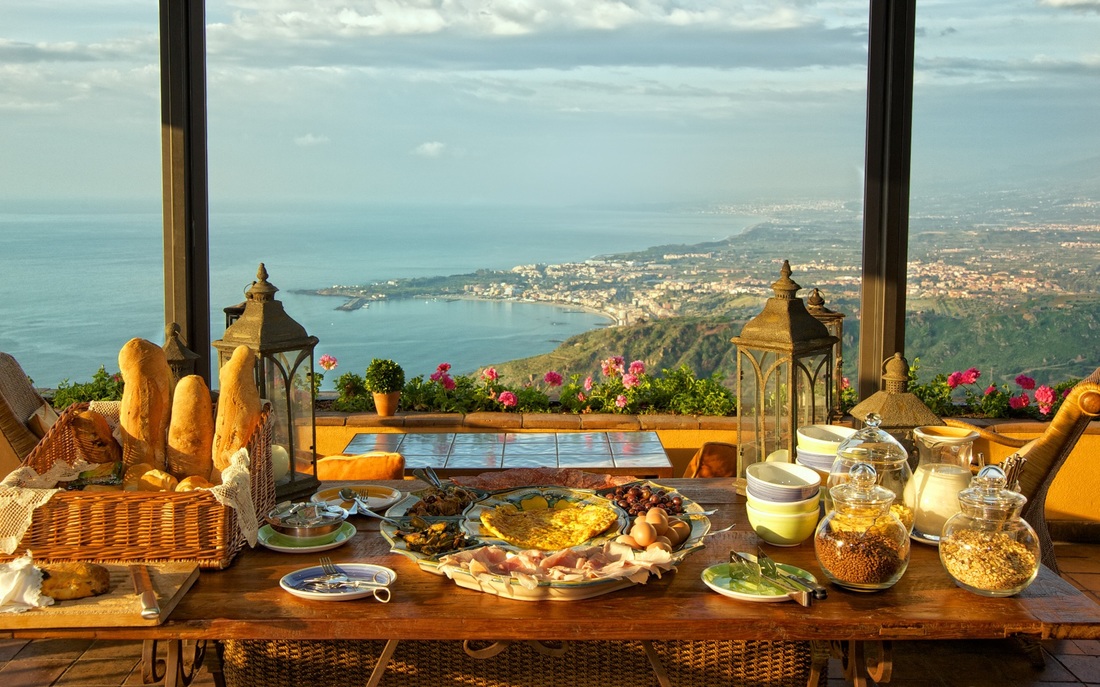
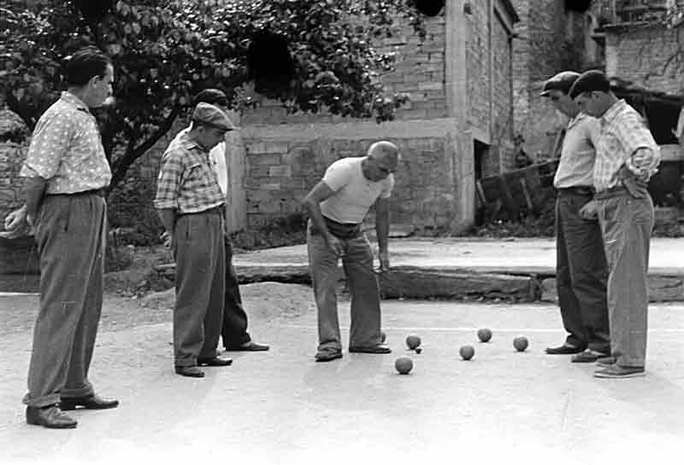
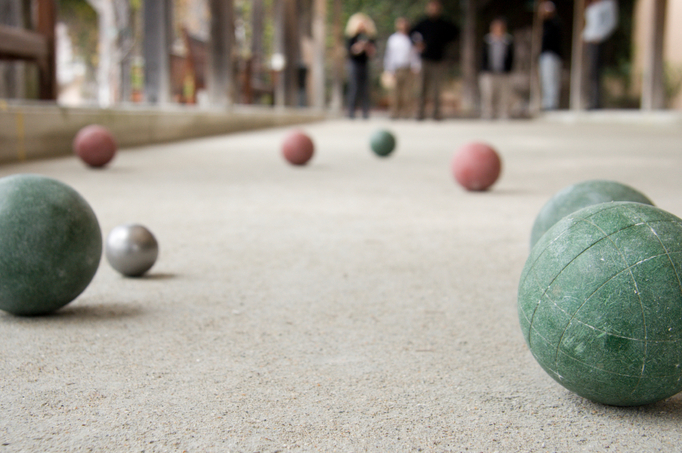
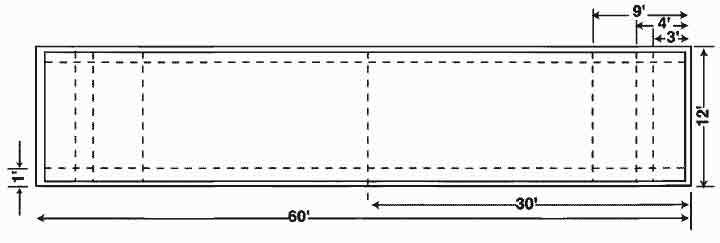
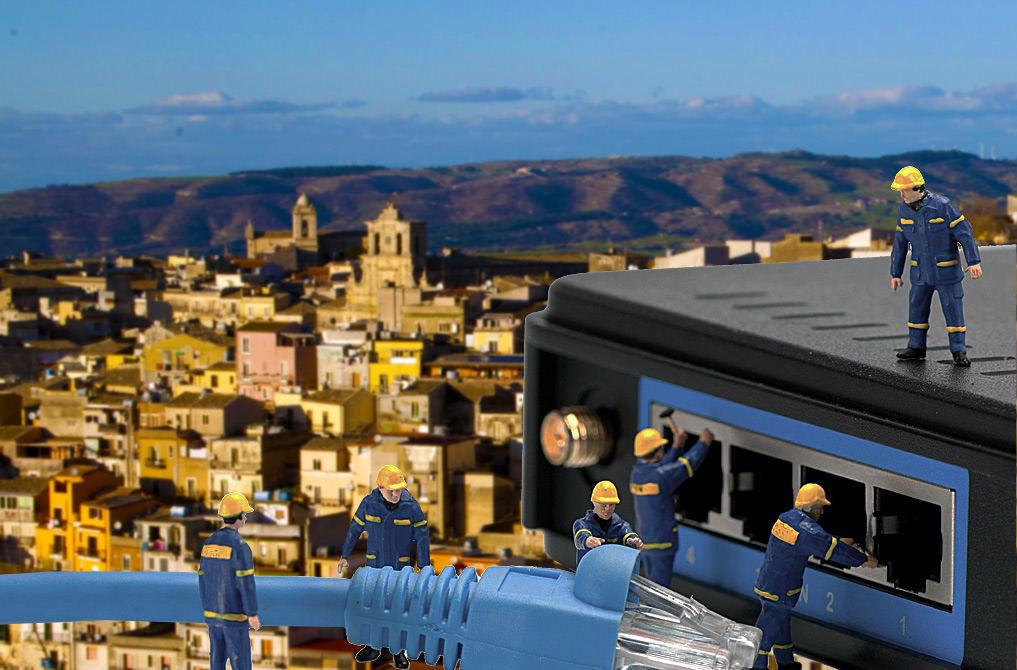
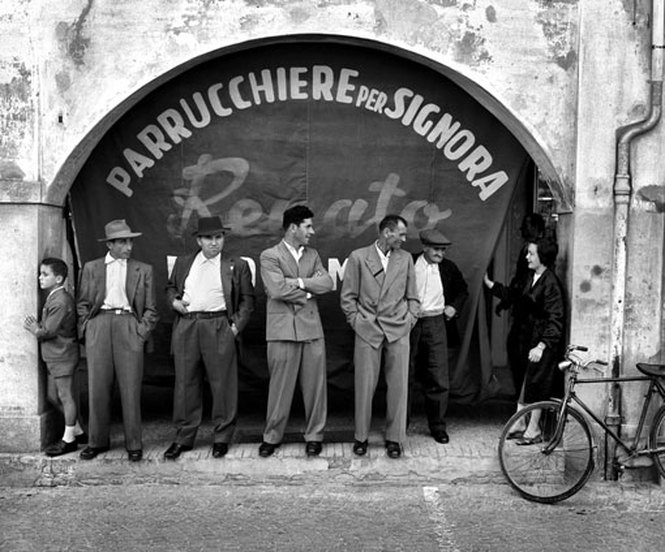
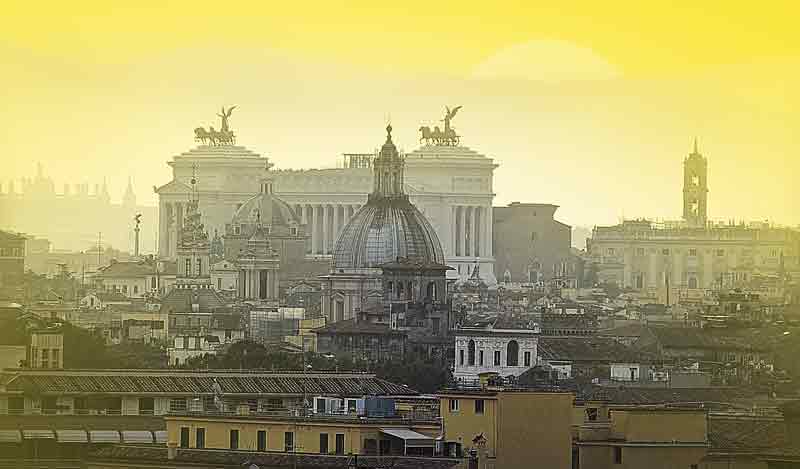
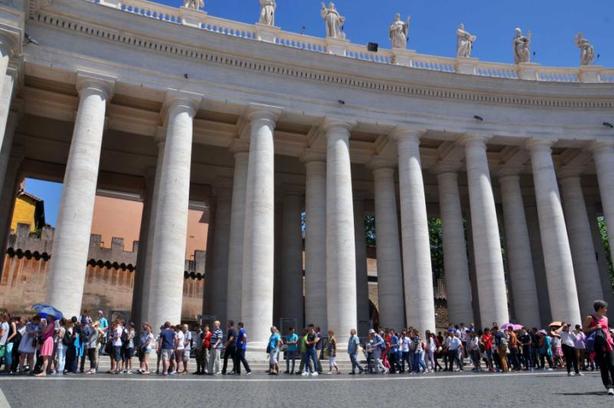


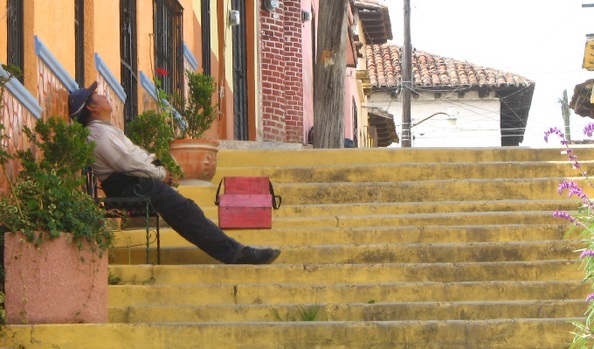


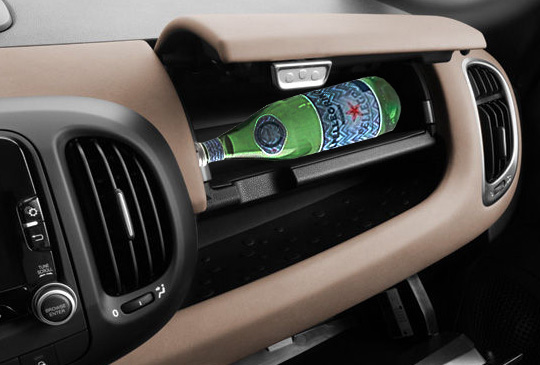
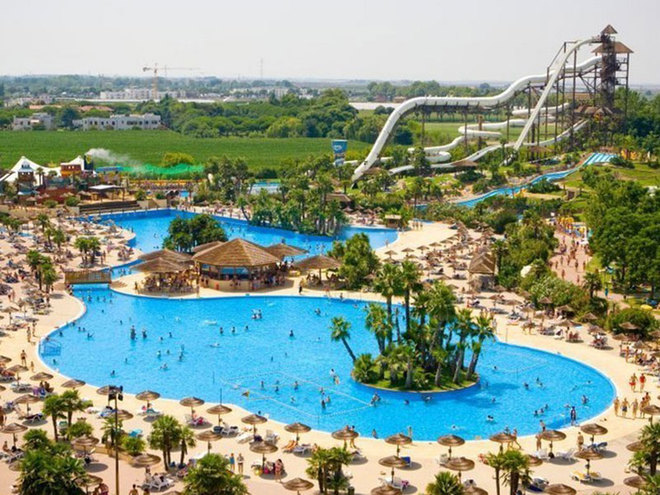

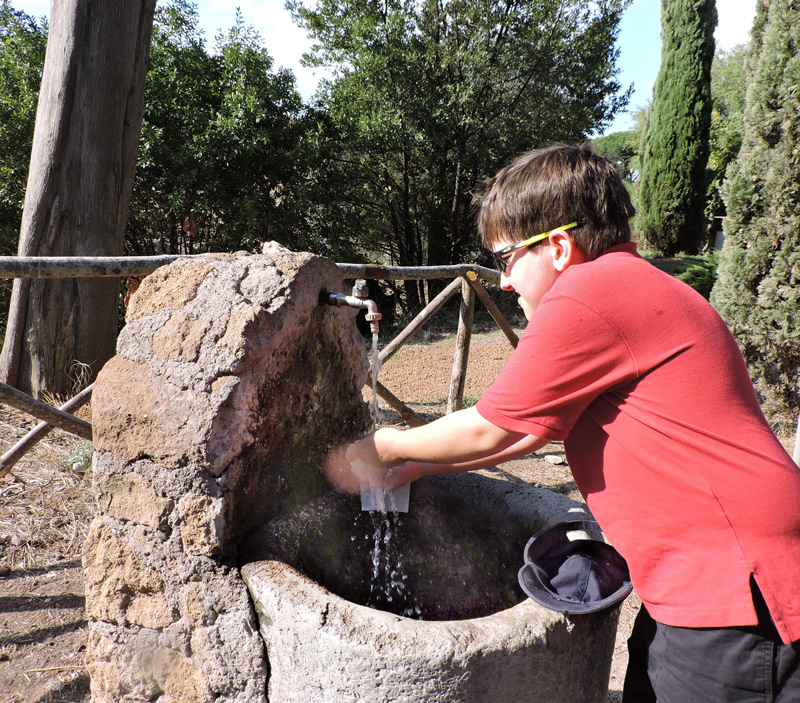
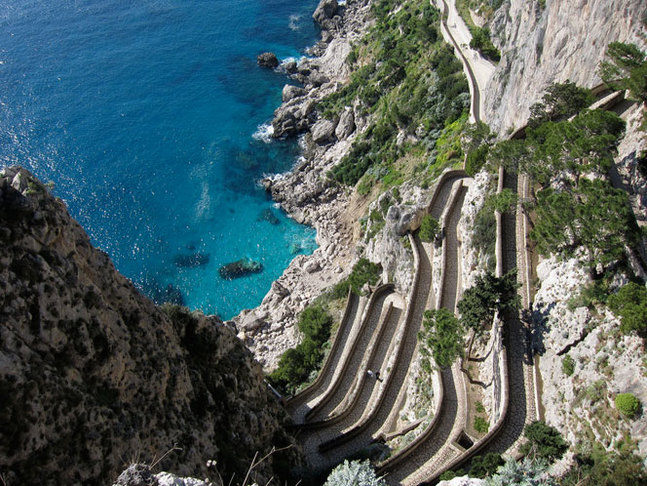
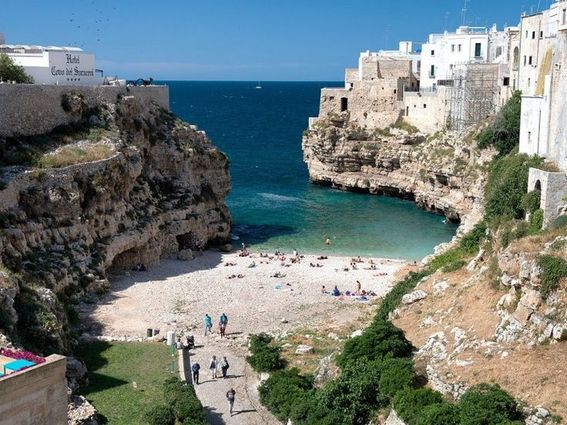
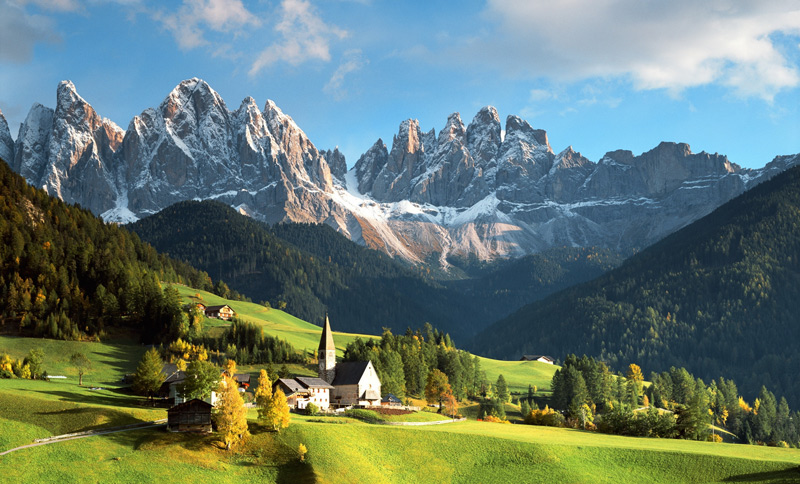
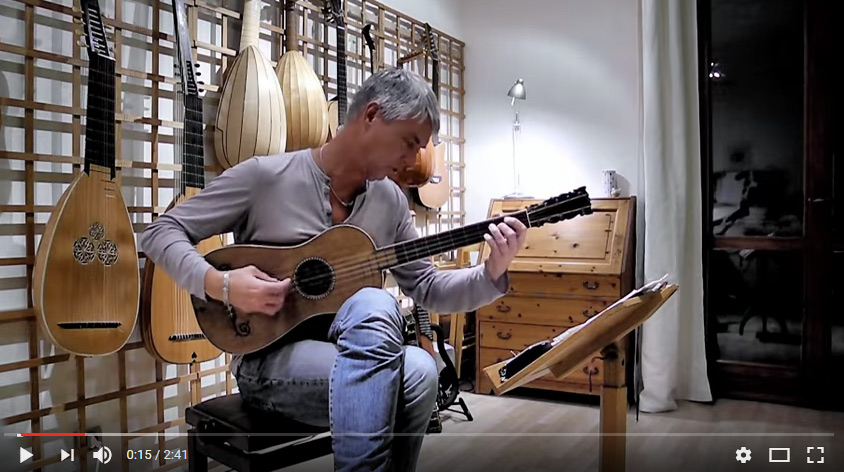
 RSS Feed
RSS Feed
